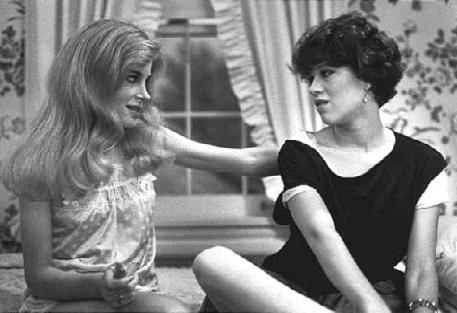
When we look at cultural studies, we see that culture is the pattern of social groups or human activity. Culture draws widely in what people wear, the food they eat and the morals and beliefs they hold and how they carry them out. With Globalization we are joining different cultures together and blending them together. Cultural boundaries are broken down through Globalization and traits that are usually well known within one specific country are slowly making their way accessible worldwide. The internet helps to break down cultural boundaries, through interaction and information. Although Globalization is fantastic in the way it is connecting cultures and integrating global networks some also feel that there are negative effects as culture is being imported and directly exported into different countries. This leads a concern that bigger and more powerful countries like the US and England for example may overrun smaller countries with their ways and brands. This refers to process’ that are known as Americanization and McDonalization.










.jpg)

















